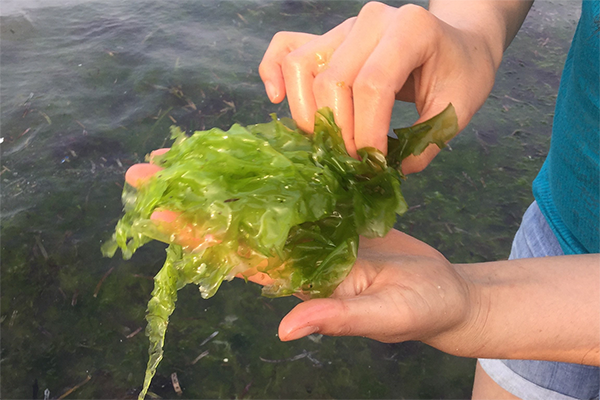
Intelligence
Effect of water depth on growth of the macroalgae Ulva lactuca in a biofloc system
Integrated biofloc culture of Pacific white shrimp, Nile tilapia and U. lactuca is feasible with shallow floats up to 10 cm in depth.
Health & Welfare
Replacing half of the feed with the macroalgae C. clavate can reduce costs in Pacific white shrimp culture, making it a candidate for co-cultivation.

Intelligence
Integrated biofloc culture of Pacific white shrimp, Nile tilapia and U. lactuca is feasible with shallow floats up to 10 cm in depth.
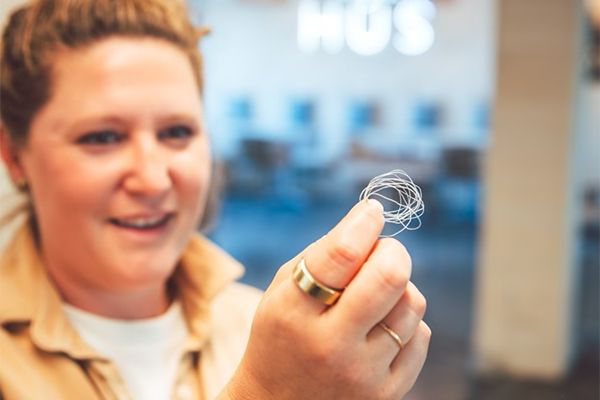
Innovation & Investment
Viable Gear Founder Katie Weiler joined the Advocate and Aquademia to discuss making lobster bait bags and other products with a seaweed polymer.
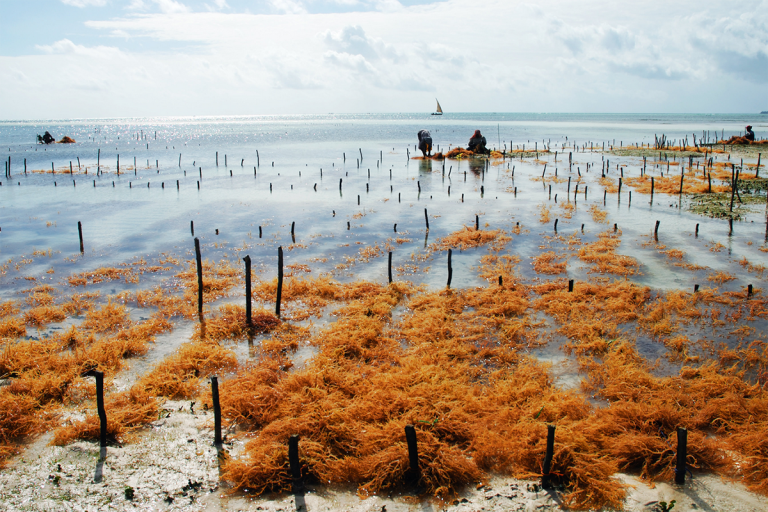
Responsibility
Emphasize effective, implementable actions against ocean acidification, linking seaweed physiological changes with production costs and profits.
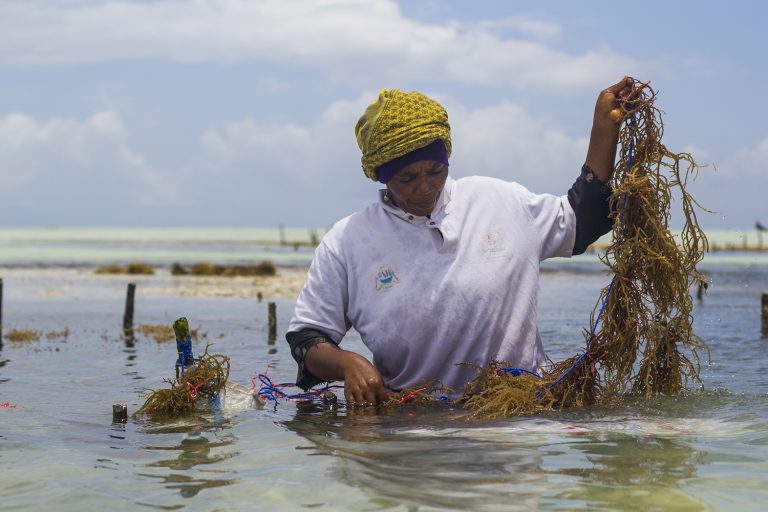
Responsibility
In quantifying habitat provisioning in and around macroalgae cultivation sites, authors recommend future ecological valuation.
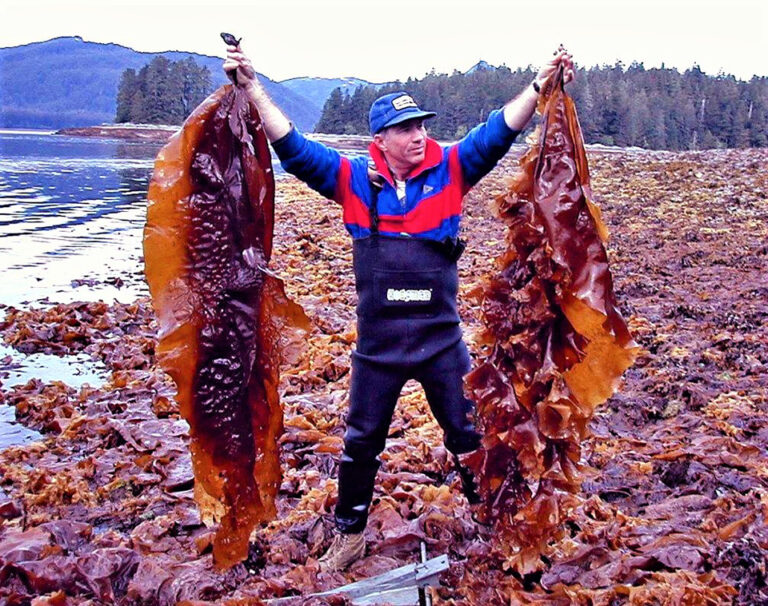
Responsibility
Author discusses ex-situ macroalgae germplasm seed banking for the preservation of heirloom strains, biodiversity and ecosystems.
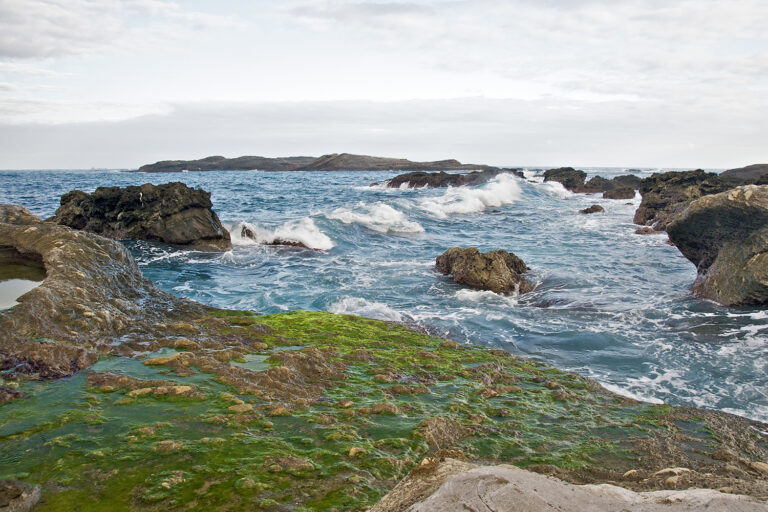
Innovation & Investment
Analyzing diversity, potential of major macroalgae taxa, existing cultivation techniques, uses, regional importance and global production estimates.
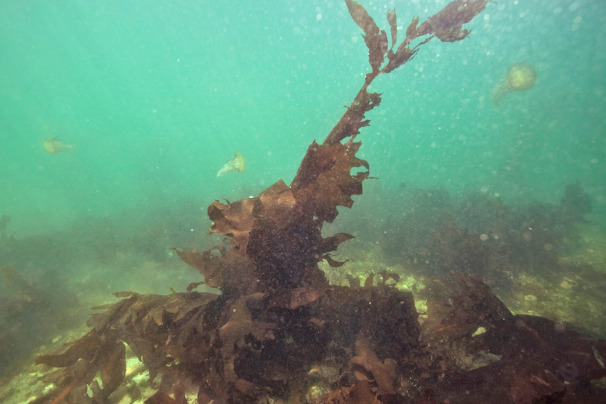
Aquafeeds
Evaluating macroalgae inclusions in L. vannamei diets show improved growth and intestinal microbiota and prevention of oxidative damage.
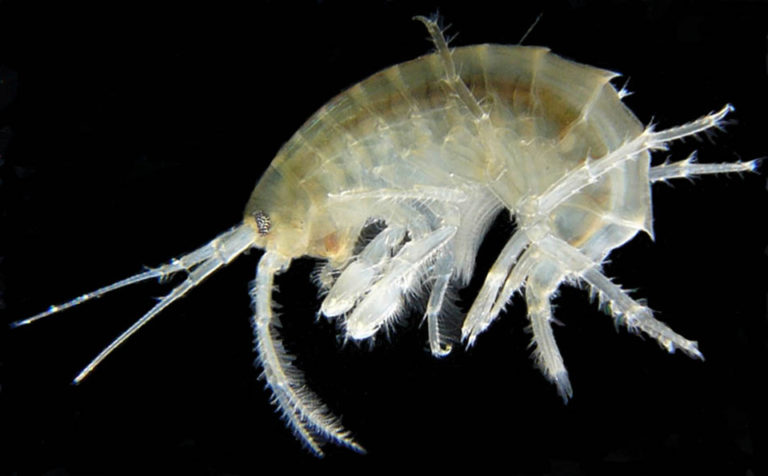
Aquafeeds
Evaluating potential of underutilized marine organisms as candidates for aquafeed ingredients, emphasizing unfed low-trophic-level species.
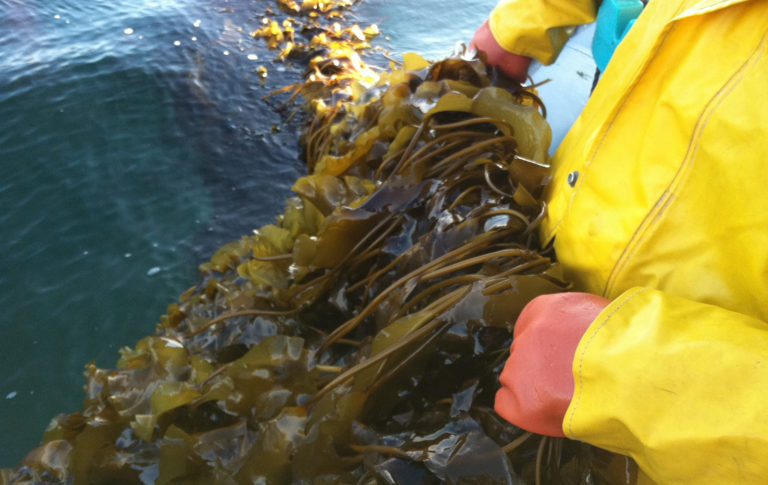
Responsibility
Grown for hundreds of years, seaweed (sugar kelp, specifically) is the fruit of a nascent U.S. aquaculture industry supplying chefs, home cooks and inspiring fresh and frozen food products.
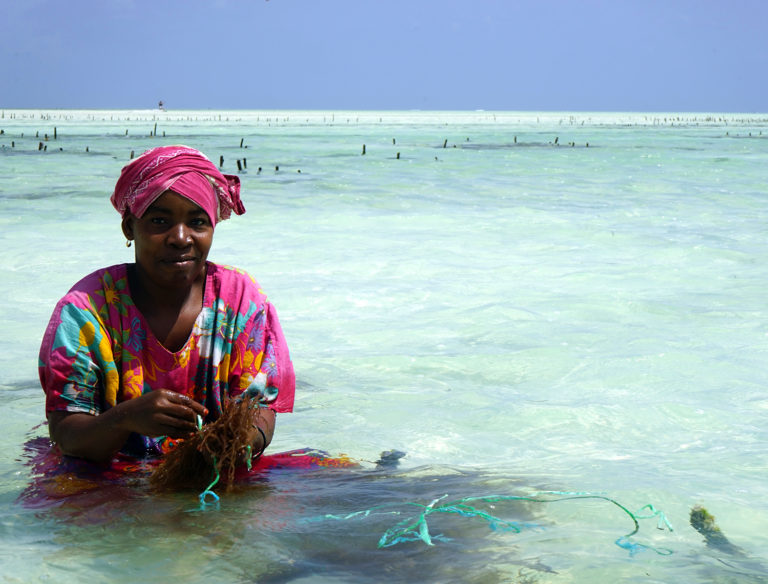
Responsibility
Combining geophysical fluid dynamics and marine biology, Brian Von Herzen’s visionary technology will soon be tested off the coast of Massachusetts before export to the Indian Ocean.
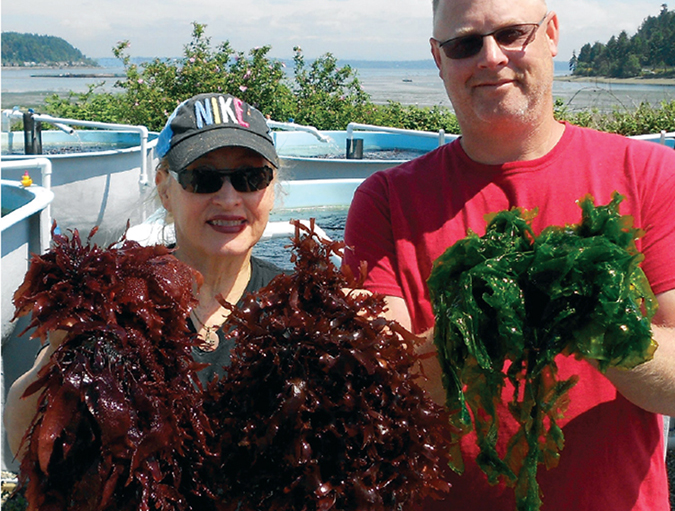
Intelligence
Land-based cultivation of macroalgae can minimize impacts on wild macroalgae stocks while reducing harvest costs and controlling quality. Integration of macroalgae with land-based fish culture systems could reduce capital and operating costs.
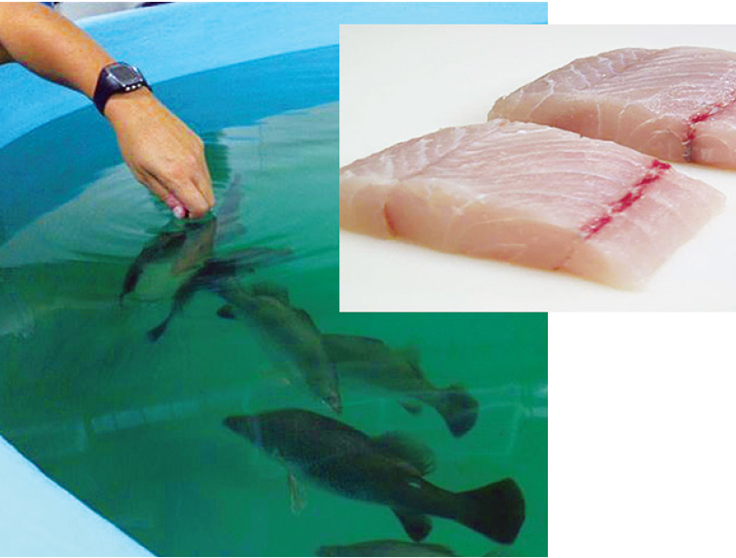
Intelligence
Organoleptic attributes such as flavor and aroma are among the most important factors that influence consumer acceptability and demand for fish products. Consumers have identified farmed fish as less complex and lacking “sealike” or “sea-fresh” flavors and aromas.